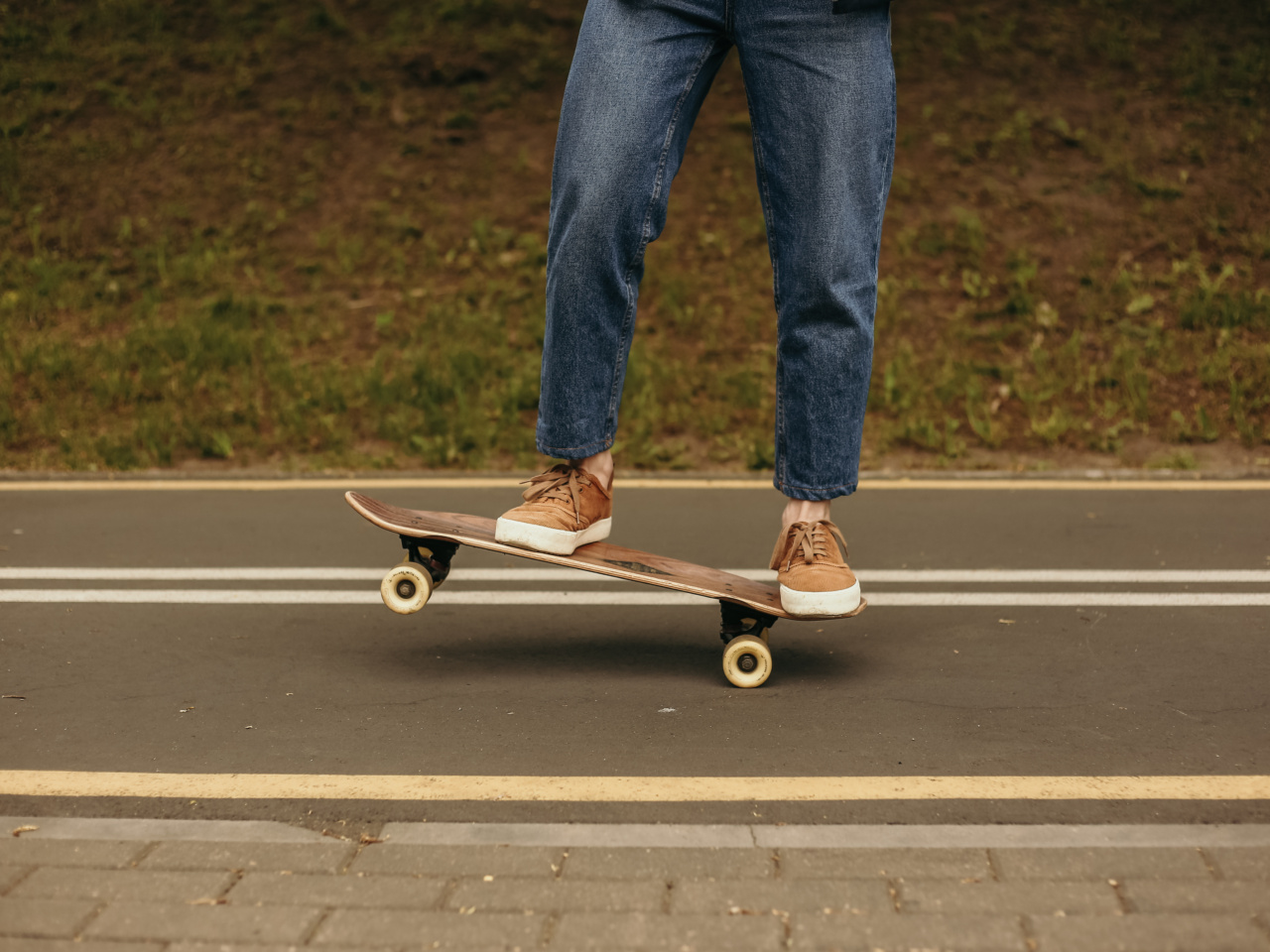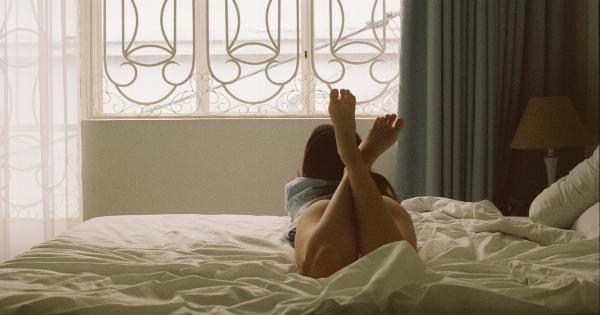Blisters are a common problem for many people, especially those who spend a lot of time on their feet.
Whether you are an athlete or someone who is on their feet all day at work, blisters on the legs can be painful and can impede your ability to carry out your daily activities. Fortunately, there are several steps you can take to prevent blisters from forming on your feet and legs. In this article, we will explore some tips and tricks to help you avoid blisters on your legs.
1. Wear the Right Shoes
One of the most important things you can do to prevent blisters on your legs is to wear the right shoes. Make sure that your shoes fit well and are not too tight or too loose.
Shoes that are too tight can rub against your skin, while shoes that are too loose can allow your feet to slide around inside them. This can cause friction and increase the likelihood of blisters forming.
When shopping for new shoes, pay attention to the materials they are made of as well. Shoes made of breathable materials like mesh can help to reduce moisture and prevent blisters.
2. Wear Moisture-Wicking Socks
In addition to wearing the right shoes, you should also wear moisture-wicking socks. These socks are designed to help keep your feet dry by wicking away sweat and other moisture. This can help to reduce friction and prevent blisters from forming.
Look for socks made of materials like wool or synthetic blends, which are better at wicking away moisture than cotton.
3. Keep Your Feet Dry
Keeping your feet dry is another important step in preventing blisters on your legs. If your feet are wet or moist, it can increase the likelihood of blisters forming.
Try to avoid wearing shoes or socks that are damp, and take steps to keep your feet dry throughout the day. This might include changing your socks if they get wet, or using foot powder to help absorb moisture.
4. Use Moleskin or Blister Pads
If you know that you are prone to blisters, you may want to consider using moleskin or blister pads. These products can be applied directly to your skin to help reduce friction and cushion your feet.
They are available in most drugstores and can be a valuable tool in preventing blisters from forming.
5. Break in New Shoes Gradually
If you have a new pair of shoes that you want to wear, it is important to break them in gradually. Wearing new shoes for long periods right away can increase the likelihood of blisters forming.
Instead, wear your new shoes for short periods of time at first, gradually increasing the amount of time you wear them each day.
6. Keep Your Nails Trimmed
Keeping your toenails trimmed is another important step in preventing blisters on your legs. If your nails are too long, they can rub against your shoes and increase the likelihood of blisters forming.
Make sure to trim your nails regularly and keep them short.
7. Focus on Good Foot Health
Good foot health is crucial in preventing blisters on your legs. This includes things like washing your feet regularly, keeping them moisturized, and inspecting them for any signs of irritation or injury.
By taking care of your feet, you can reduce the likelihood of blisters forming and improve your overall foot health.
8. Be Prepared
If you know that you are going to be doing an activity that is likely to cause blisters, it is important to be prepared.
This might include wearing the right shoes and socks, using moleskin or blister pads, and bringing extra socks and other foot care items with you. Taking these steps can help you to prevent blisters from forming and keep your feet comfortable throughout the activity.
9. Take Breaks
If you are on your feet for long periods of time, be sure to take breaks. This can help to reduce the amount of friction on your feet and prevent blisters from forming.
Try to take short breaks every hour or so, and consider sitting down and elevating your feet to help reduce swelling and prevent blisters.
10. See a Doctor
If you develop blisters on your legs that are painful or do not go away, it is important to see a doctor. They can help you to determine the cause of the blisters and recommend treatments to help them heal.
In some cases, blisters may be a sign of an underlying medical condition, so it is important to seek medical attention if you are concerned.
Conclusion
Blisters on the legs can be painful and uncomfortable, but there are several steps you can take to prevent them from forming.
By wearing the right shoes and socks, keeping your feet dry, and using products like moleskin and blister pads, you can reduce your risk of developing blisters. Focus on good foot health, take breaks when needed, and be prepared for activities that are likely to cause blisters. If you do develop blisters, see a doctor for treatment options.






























